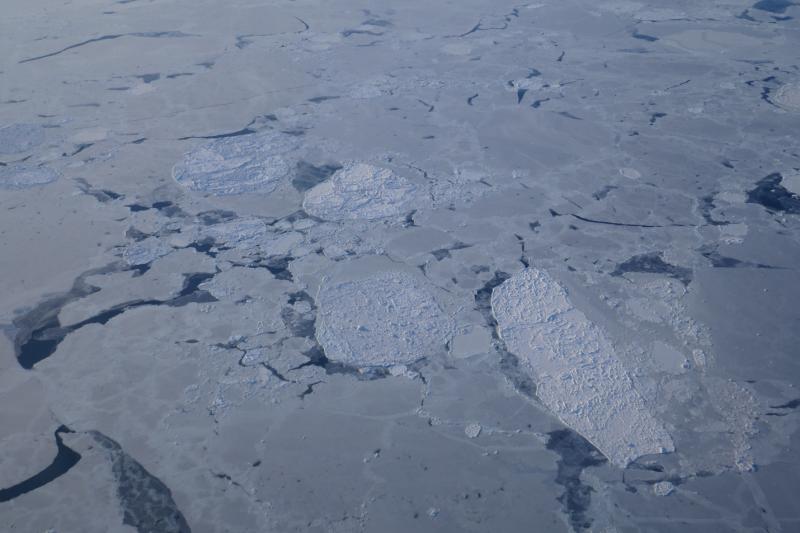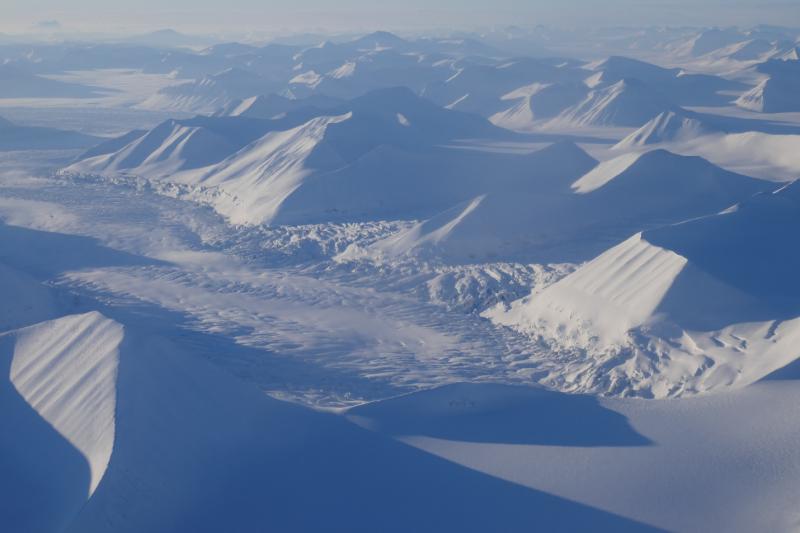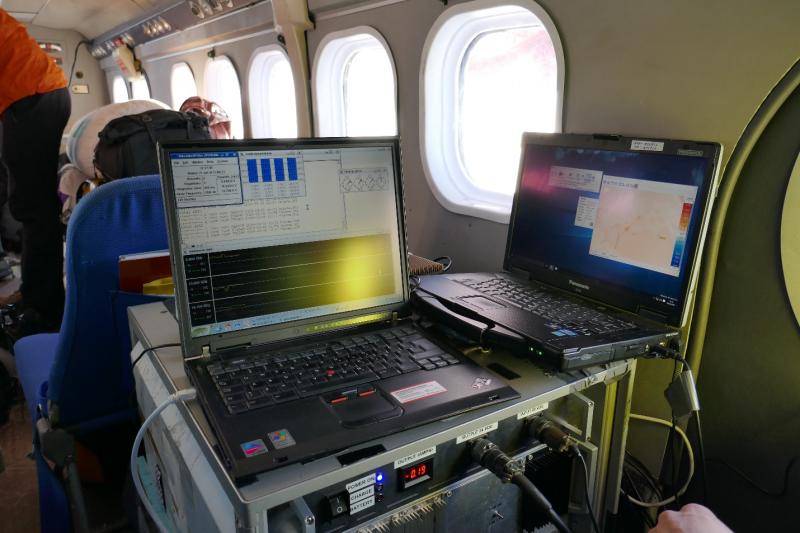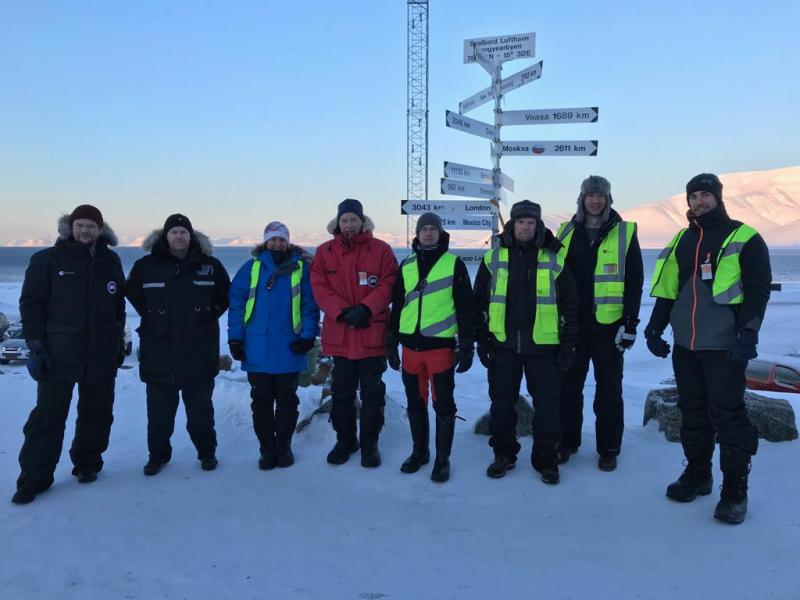The last flight on March 8th took place in the morning under very cold but clear weather conditions in Svalbard. The last of the 3 flights made plenty of measurements of the sea-ice but also land-ice in an east-southward direction from Longyearbyen. The radiometric preliminary data from all 3 flights is looking very good and the fact that Hutrad2.0 has been able to cope with such low temperatures is a testimony of the great refurbishment work done by Harp Technologies Ltd.
The co-located IR and optical cameras’ measurements have also been acquired most times (there was a struggle with the go-pro due to the intense cold) so we are confident that we obtained a very good dataset for future CIMR simulations.



This campaign also had plenty of media attention, both from the EU and ESA side. It was a great experience to interact with the media teams and have the opportunity to show them what we do and why we do it and we are looking forward to seeing the outcome.
The successful CIMRex campaign proved once again how a hard-working and motivated team can accomplish a very challenging task.

Acknowledgements:
I would like to acknowledge each member of the field team: René Forsberg and Andreas Stokholm from DTU Space, Sampo Salo from Harp Technologies, Samuli Nyman from Aalto University and Juha Lemmetyinen from FMI and Norlandair.
The SIOS group in particular Inger Jennings for welcoming us and finding us a meeting room in the Univ. in Longyearbyen.
The remaining of the CIMRex team that provided us invaluable support remotely namely Thomas Lavergne (MET Norway), Gunnar Spreen (Bremen Univ.), Janne Lahtinen from Harp Technologies, Jaan Praks (Aalto Univ.), Rasmus Tonboe (DMI), Malcolm Davidson and Honora Rider (ESA).
Tânia Casal (ESA Scientific Campaign Coordinator)
